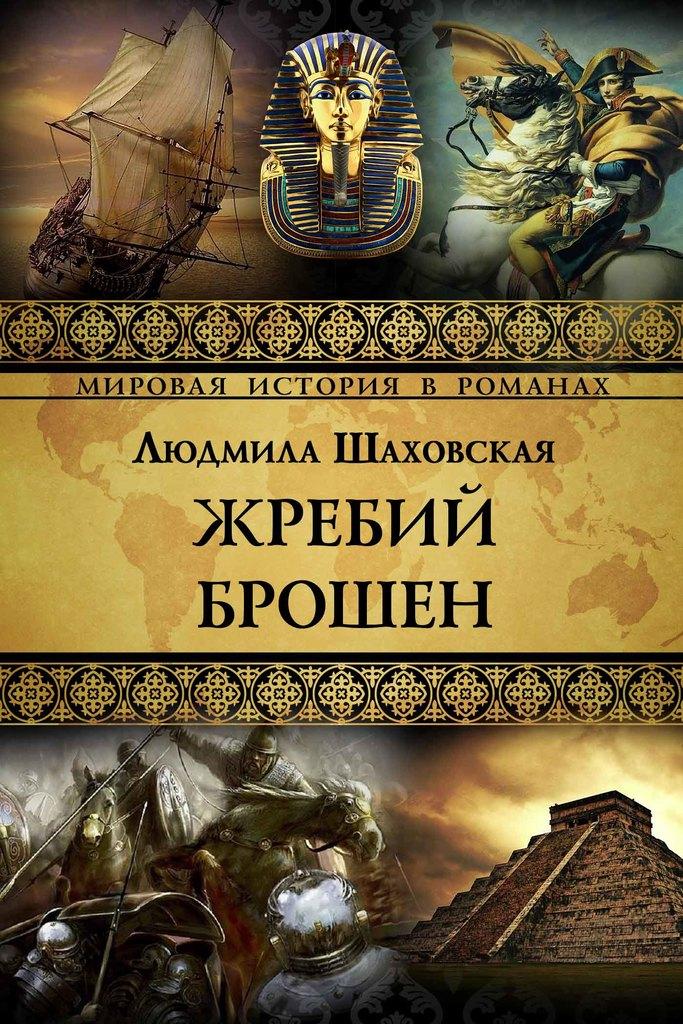
The lot was thrown
The title quotation is one of the most famous among those attributed to Julius Caesar (even if it originally sounded in Greek - Ἀνερίφθω κύβος, and not in Latin, for the Greek language was at that time the language of the Roman elite). Spoken January 10, 49 B.C. during the crossing of the Rubicon (border river between Italy and Cis-Alpine Gaul), it marked the final beginning of the civil war against Pompey. This phrase, literally translated as "The dice is thrown", has since denoted a situation from which there is no way out, just as it would be in a game of dice after a roll. However, this time we will try to counteract the "civil war" that "has been going on for many centuries." Let's take an interesting accessory (also used by the ancients!) so that any board games using dice from now on will cause a little less negative emotions.
It is no exaggeration to say that bones as a means of divination/drawing are as old as human civilization. According to experts on the subject, the oldest evidence for the use of bones (originally animal bones - hence their Polish name) dates back to c. years and come from ancient Mesopotamia. Of course, the bones did not immediately take on a certain shape. If they were not simply cleared and marked with magic signs, then they were at best closer to rectangular boxes than to cubes, which allowed one to lean in the projection on one of four possibilities, and not on six. In addition to richly decorated oblong bones, priests and magicians around the world used parallel sets of spinal bones, flat stones, seeds, shells, etc.
The first dice were used more for divination and divination, but it is from the cutouts and drawings on them that today's markings of dice come from, not to mention the Polish name itself.
The line between divination and dice is often very vague - even today. It is also difficult to determine the date of their first use in the game. The first examples available to us for this purpose are cubes with four triangular faces (regular tetrahedra) found during the excavations of the city of Ur and dated before the year 5. In the tombs of both Egyptian and Sumerian rulers, bones about a thousand years younger have been found, in the most popular cube shape to date.
In ancient Rome, dice were made from a variety of materials, they also had an arrangement of individual eyes that was already established and used to this day.
Download this handy project to complete it.
The continuation of the article is available at
